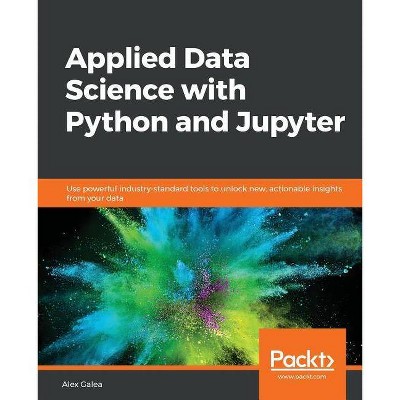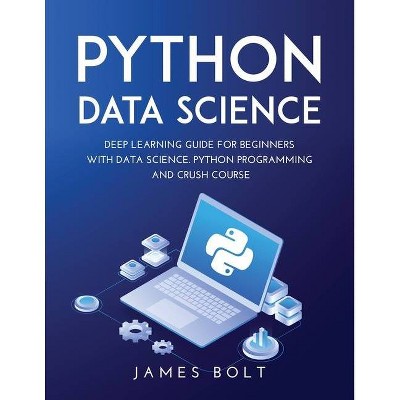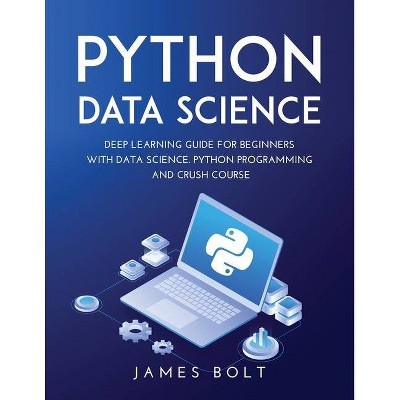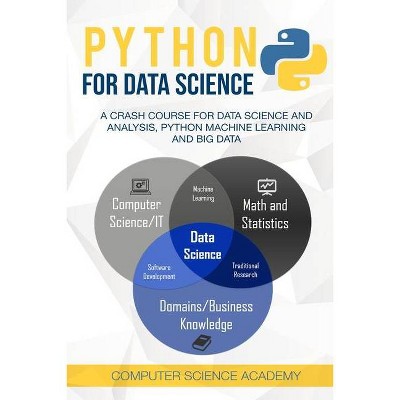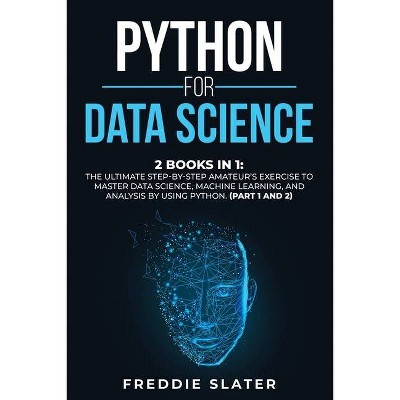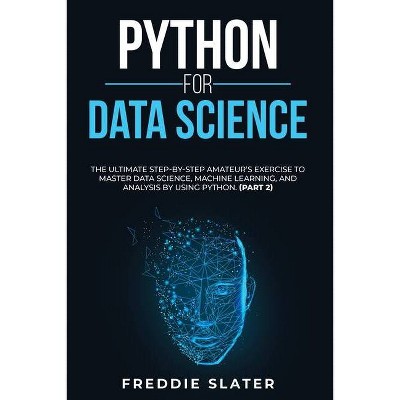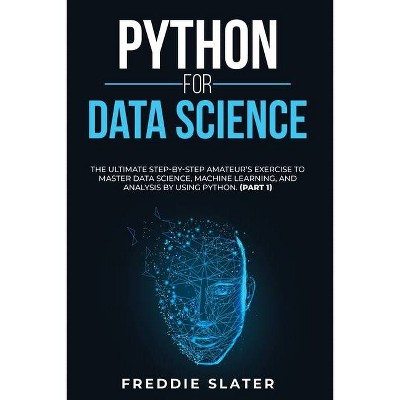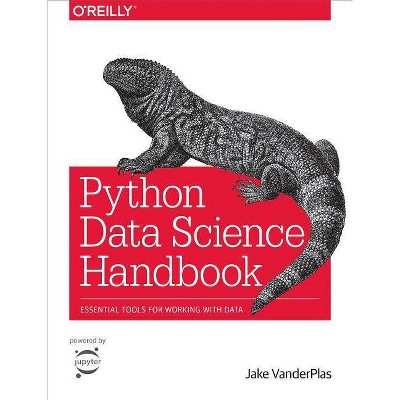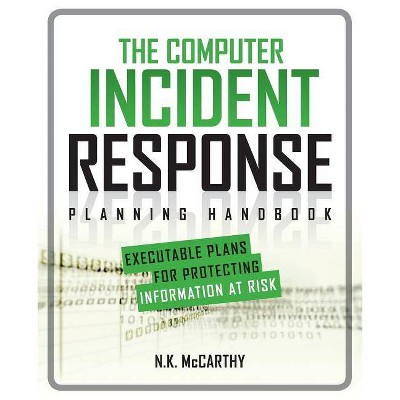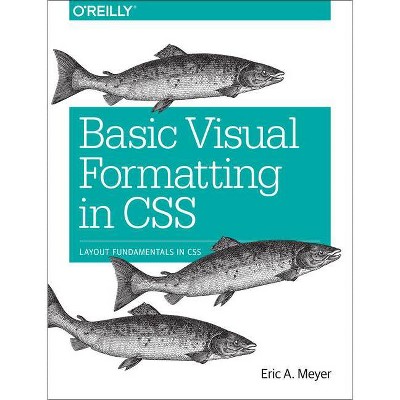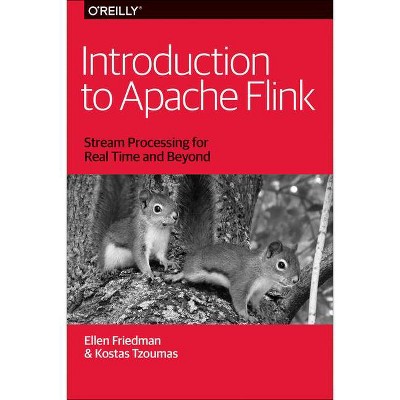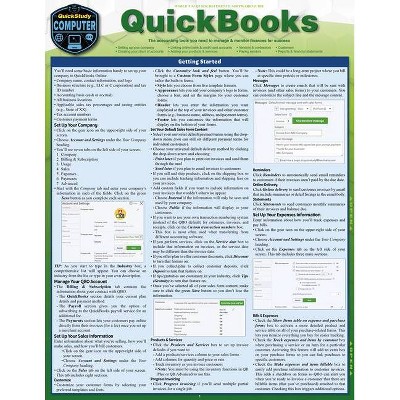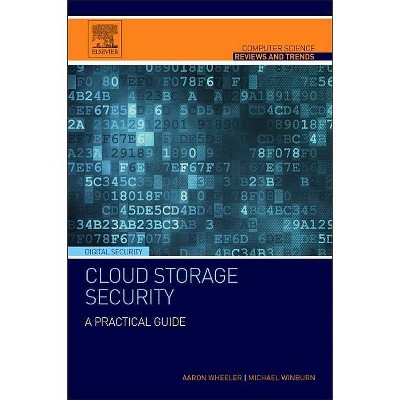Data Science with Python and Dask - by Jesse Daniel (Paperback)
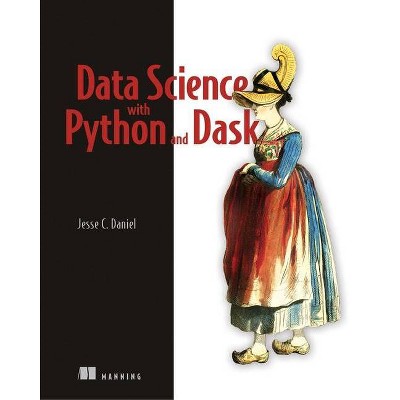
Similar Products
Products of same category from the store
AllProduct info
<p/><br></br><p><b> About the Book </b></p></br></br>Large datasets tend to be distributed, non-uniform, and prone to change. Teaching readers how to build distributed data projects that can handle huge amounts of data, this edition introduces Dask DataFrames and teaches helpful code patterns to streamline the reader's analysis.<p/><br></br><p><b> Book Synopsis </b></p></br></br><b>Summary</b> <p/>Dask is a native parallel analytics tool designed to integrate seamlessly with the libraries you're already using, including Pandas, NumPy, and Scikit-Learn. With Dask you can crunch and work with huge datasets, using the tools you already have. And <i>Data Science with Python and Dask</i> is your guide to using Dask for your data projects without changing the way you work! <p/>Purchase of the print book includes a free eBook in PDF, Kindle, and ePub formats from Manning Publications. You'll find registration instructions inside the print book. <p/><b>About the Technology</b> <p/>An efficient data pipeline means everything for the success of a data science project. Dask is a flexible library for parallel computing in Python that makes it easy to build intuitive workflows for ingesting and analyzing large, distributed datasets. Dask provides dynamic task scheduling and parallel collections that extend the functionality of NumPy, Pandas, and Scikit-learn, enabling users to scale their code from a single laptop to a cluster of hundreds of machines with ease. <p/><b>About the Book</b> <p/><i>Data Science with Python and Dask</i> teaches you to build scalable projects that can handle massive datasets. After meeting the Dask framework, you'll analyze data in the NYC Parking Ticket database and use DataFrames to streamline your process. Then, you'll create machine learning models using Dask-ML, build interactive visualizations, and build clusters using AWS and Docker. <p/><b>What's inside</b> <p/><ul><li>Working with large, structured and unstructured datasets</li><li>Visualization with Seaborn and Datashader</li><li>Implementing your own algorithms</li><li>Building distributed apps with Dask Distributed</li><li>Packaging and deploying Dask apps</li></ul><br><b>About the Reader</b> <p/>For data scientists and developers with experience using Python and the PyData stack. <p/><b>About the Author</b> <p/><b>Jesse Daniel</b> is an experienced Python developer. He taught Python for Data Science at the University of Denver and leads a team of data scientists at a Denver-based media technology company. <p/><b>Table of Contents</b> <p/><ol>PART 1 - The Building Blocks of scalable computing<li>Why scalable computing matters </li><li>Introducing Dask </li>PART 2 - Working with Structured Data using Dask DataFrames <li>Introducing Dask DataFrames </li><li>Loading data into DataFrames </li><li>Cleaning and transforming DataFrames </li><li>Summarizing and analyzing DataFrames </li><li>Visualizing DataFrames with Seaborn </li><li>Visualizing location data with Datashader </li>PART 3 - Extending and deploying Dask<li>Working with Bags and Arrays </li><li>Machine learning with Dask-ML </li><li>Scaling and deploying Dask </li></ol><p/><br></br><p><b> About the Author </b></p></br></br><b>Jesse Daniel</b> has five years of experience writing applications in Python, including three years working with in the PyData stack (Pandas, NumPy, SciPy, Scikit-Learn). Jesse joined the faculty of the University of Denver in 2016 as an adjunct professor of business information and analytics, where he currently teaches a Python for Data Science course.
Price History
Price Archive shows prices from various stores, lets you see history and find the cheapest. There is no actual sale on the website. For all support, inquiry and suggestion messagescommunication@pricearchive.us
